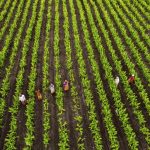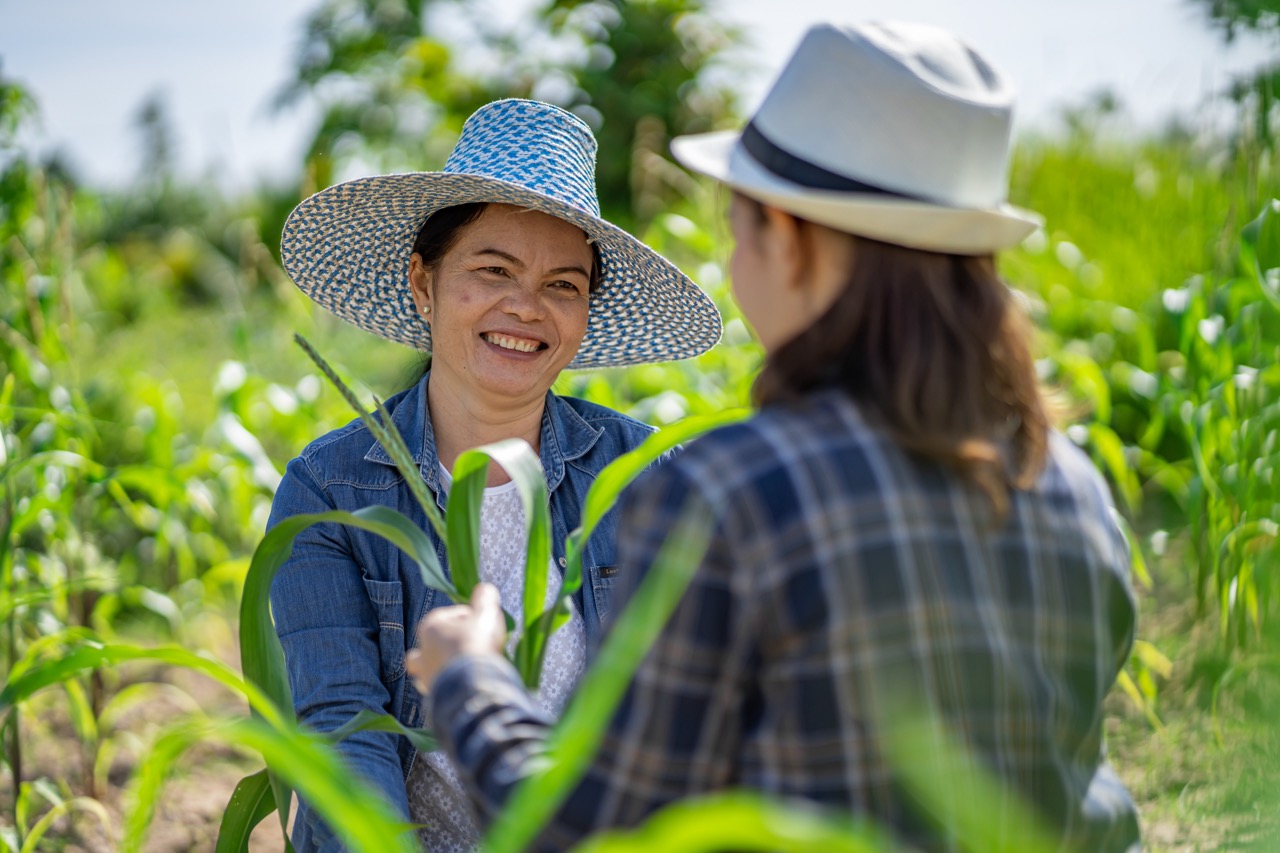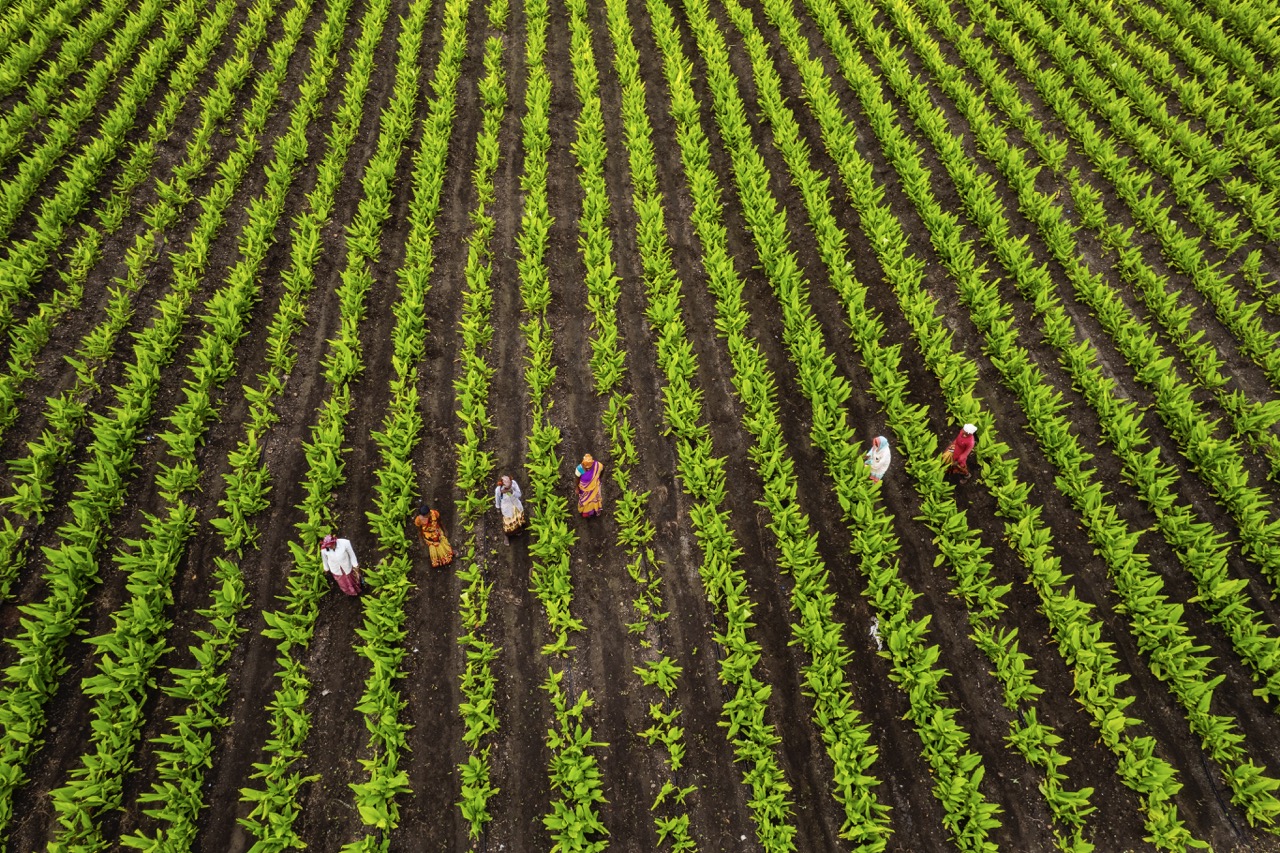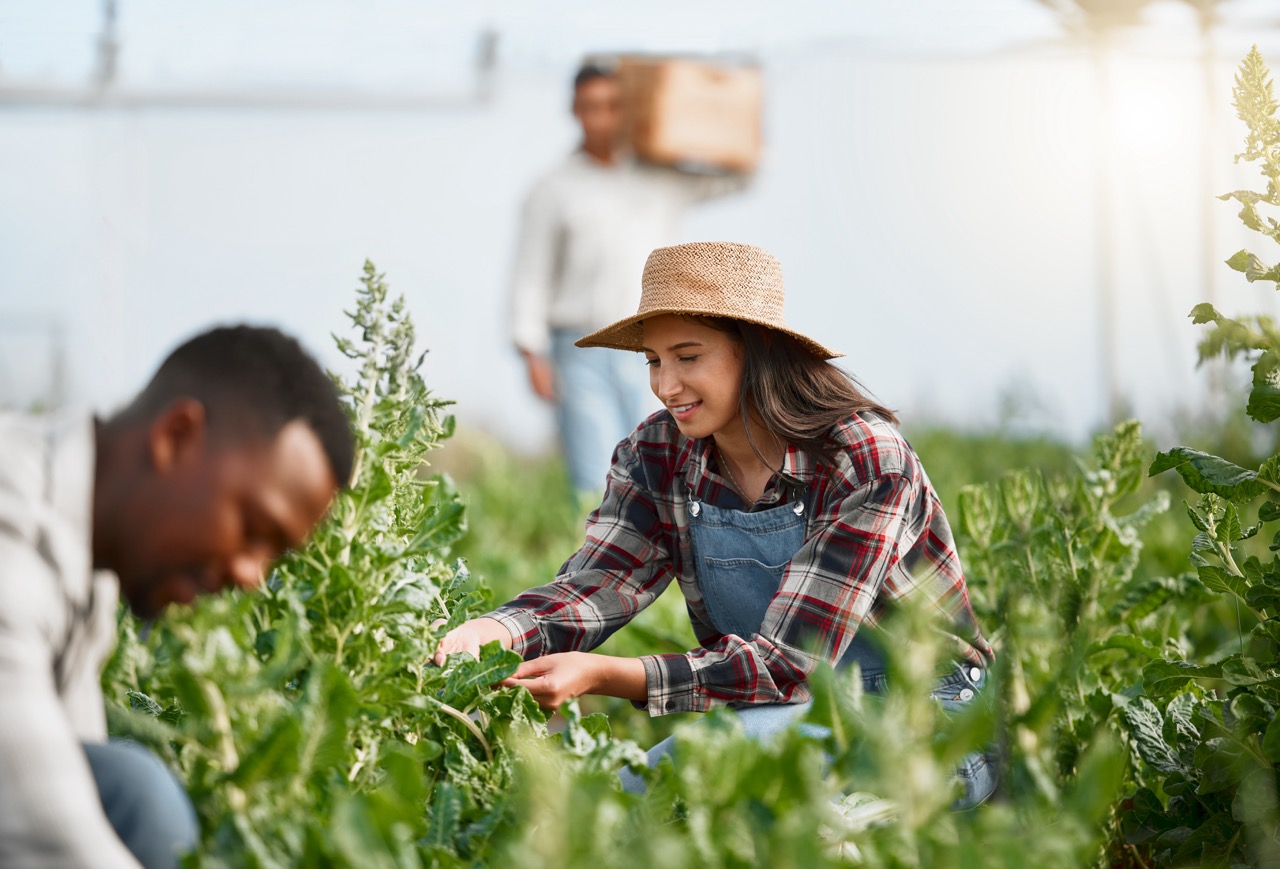Sharecropping is a form of agricultural labor that has defined rural economies in various countries throughout history. It involves a landowner providing land, tools, and seeds to a farmer, who in return shares a portion of the crop yield with the landowner. While this system has similarities across different nations, its historical context and modern implications yield a diverse landscape of practices and challenges. Understanding how sharecropping operates globally reveals insights into agricultural economics, social structures, and the enduring impacts of colonialism and social inequality.
Understanding the Basics of Sharecropping Across Nations
At its core, sharecropping is a contract-based relationship between landowners and farmers, where the latter works the land in exchange for a share of the produced crops. This arrangement often arises in regions where access to land and resources is limited, forcing agrarian workers into agreements that can lead to cycles of debt and dependency. In many cases, sharecroppers lack the capital to purchase their own land, making this system an attractive, albeit precarious, option for those seeking agricultural livelihoods.
The operational dynamics of sharecropping can vary significantly from one country to another. In the United States, for example, sharecropping became widespread in the Southern states post-Civil War, as formerly enslaved individuals sought economic independence. Conversely, in countries like India, sharecropping may manifest as a seasonal arrangement, with landowners renting out parcels of land to farmers who cultivate them during specific agricultural cycles. This flexibility highlights the adaptability of the sharecropping model across different agricultural contexts.
Moreover, the sharecropping system can also diverge in terms of the crops produced and the economic conditions surrounding them. In Brazil, for example, sugar and coffee plantations have historically utilized sharecropping arrangements, reflecting the country’s colonial past and ongoing economic stratification. In contrast, in parts of Africa, sharecropping often revolves around staple crops like maize and cassava, which are essential for local subsistence but can lead to food insecurity when land productivity declines.
Historical Context: Sharecropping’s Global Evolution
Sharecropping has deep historical roots that can be traced back to feudal systems, where peasants worked land owned by nobles in exchange for a portion of the harvest. This practice evolved over centuries into the more formalized systems we see today, influenced by varying cultural, social, and economic factors. In the United States, sharecropping emerged as a response to the devastation of the Civil War, leading to a new class of agricultural laborers who were often trapped in a cycle of debt due to exploitative practices by landowners.
In Asia, sharecropping arrangements have been shaped by colonial legacies and agrarian reforms. For instance, in the post-colonial period, countries like Cambodia and Vietnam adopted sharecropping as a means to distribute land to landless peasants, albeit with varying degrees of success. Historical land reforms in these nations aimed to alleviate poverty and stimulate agricultural productivity, but many sharecroppers still face significant challenges, such as insufficient access to resources and market fluctuations.
In many African nations, sharecropping has been influenced by traditional land tenure systems, where land is often held communally. The introduction of market-oriented reforms in the late 20th century altered this dynamic, pushing many subsistence farmers into sharecropping arrangements that prioritized cash crops over food security. The historical evolution of sharecropping illustrates how diverse socioeconomic and political contexts shape agricultural practices, often leading to unintended consequences for marginalized populations.
Comparative Analysis: Sharecropping in Various Cultures
In the United States, sharecropping is often associated with the exploitation of African American farmers in the post-Civil War South. The system created a cycle of indebtedness and poverty, as sharecroppers frequently found themselves unable to pay off loans for seeds, tools, and other necessities. This arrangement not only perpetuated economic inequality but also reinforced social hierarchies based on race, leading to lasting socioeconomic disparities that persist to this day.
In contrast, sharecropping in Latin America can take on a different character, particularly in countries like Brazil. Here, sharecropping often occurs within the context of large sugar or coffee plantations, where landowners hire sharecroppers to increase production while minimizing their own financial risk. This relationship can sometimes offer sharecroppers better conditions, such as access to housing and a more stable market for their crops. However, it remains an exploitative system, where sharecroppers may receive only a fraction of the crops they produce, with their financial security remaining precarious.
In Asian countries, such as India and Bangladesh, sharecropping arrangements can be more diverse, often influenced by local customs and agricultural practices. In these contexts, sharecropping can provide a means for landowners to maximize their agricultural output while allowing smallholder farmers access to land. However, the system can also lead to conflicts over land rights and crop yields, particularly when external factors such as climate change and market fluctuations impact agricultural viability.
Modern Implications: Sharecropping’s Role Today Worldwide
Today, sharecropping remains a significant agricultural practice in many developing countries, but it faces numerous challenges. In regions like sub-Saharan Africa, sharecroppers often struggle with land degradation, climate change, and access to markets. These factors can undermine agricultural productivity and further entrench poverty among rural populations. The reliance on sharecropping can inhibit progress towards sustainable farming practices, as farmers may prioritize immediate survival over long-term ecological health.
In more developed nations, the concept of sharecropping has morphed into alternative forms of land use agreements, such as community-supported agriculture (CSA) or cooperative farming. These systems aim to promote fairer relationships between producers and consumers while seeking to empower smallholder farmers. However, the legacy of traditional sharecropping practices continues to inform discussions around land ownership, agricultural equity, and food sovereignty globally.
Moreover, the implications of sharecropping extend beyond economics; they also encompass social and political dimensions. The persistence of sharecropping systems often reflects broader societal inequalities, including issues of race, gender, and class. As global movements advocate for agrarian reform and social justice, understanding the nuances of sharecropping across different countries becomes crucial for addressing the systemic challenges that many agricultural workers face today.
In conclusion, sharecropping serves as a complex agricultural arrangement that highlights the interplay of economics, history, and culture across nations. From its roots in feudal societies to its modern manifestations in both developed and developing countries, sharecropping continues to shape the lives of millions of farmers worldwide. While it can provide a means of livelihood for landless workers, it is often fraught with challenges that perpetuate cycles of poverty and inequality. As societies grapple with issues of agricultural sustainability and social justice, a deeper understanding of sharecropping practices can inform policies that promote equitable and resilient agricultural systems.









